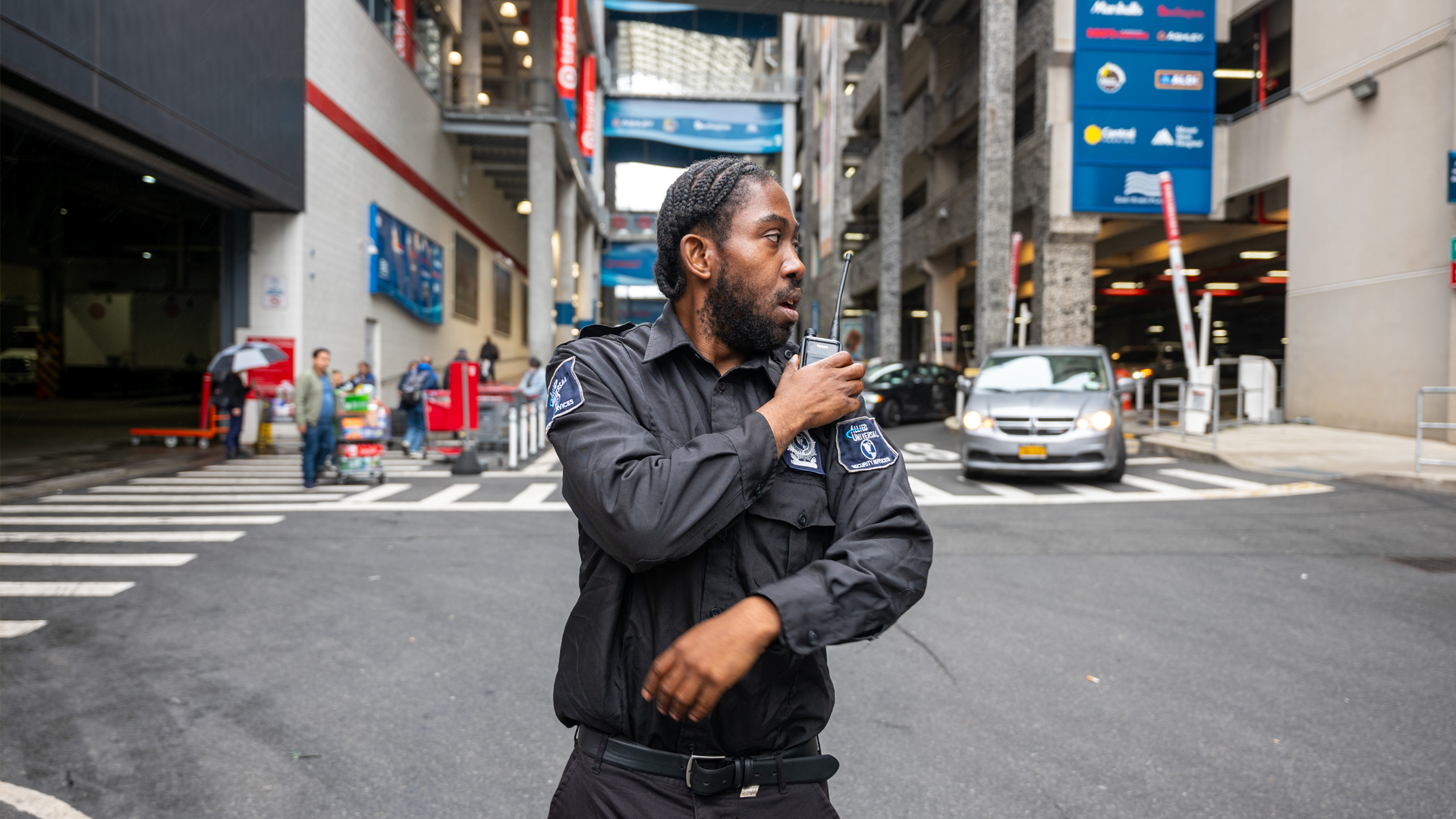
Simone Del Rosario: Al Capone. Frank Costello. Joe Colombo.This is who comes to mind when you think of organized crime. But this? This is the organized crime plaguing retailers around the country.
Burt Flickinger: It’s bad for the community, it’s bad for the store, bad for the employers, and bad for raising prices.
Simone Del Rosario: Burt Flickinger is a top consultant in retail and leading industry expert.
Burt Flickinger: A relatively smart criminal can make $200,000 a year or more in cash, just by selling what that person’s steals from one store every day or if that person steals from a few to five stores every day. That person could net close to half a million or more on an annual basis from store crime and street resale.
Simone Del Rosario: Half a million? It’s not out of this world. Florida drug recovery pastor Robert Dell is accused of preying on his flock to run a retail theft crime ring, targeting Home Depots five to six times a day. Prosecutors say Dell sold the scores on eBay. Home Depot suspects he’s been at it 10 years to the tune of 5 million dollars.
Burt Flickinger: There aren’t that many more criminals, it’s just easier to steal more per criminal per day and that’s why the numbers to your point have gone up so much.
Simone Del Rosario: Executives are sounding the alarm on organized retail crime, with mentions of “shrink” in Q2 earnings calls nearly double what they were the quarter before, four times what it was one year ago. Is the problem as bad as those mentions suggest? The National Retail Federation says shrink is a $112 billion problem in fiscal year 2022, up significantly over the past decade. But when looking at the percentage of total retail sales, the figure’s in line with 2019 and 2020. And shrink isn’t just organized retail crime, or ORC. External theft, including ORC, accounts for 36% of shrink. Internal theft is at 29%, while retailer process, control failures and errors come in at 27%. But that doesn’t mean ORC isn’t a big ordeal. More than two thirds of responding retailers told the NRF these criminals are more violent than a year ago. And Target says that’s the reason it’s closing nine stores across New York, Seattle, Portland and the San Francisco area, saying, “We cannot continue operating these stores because theft and organized retail crime are threatening the safety of our team and guests.” How is organized retail crime getting more sophisticated and what’s being done to crack down? Don’t miss part 2 of this series by downloading the SAN app and enabling notifications.











